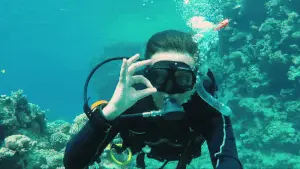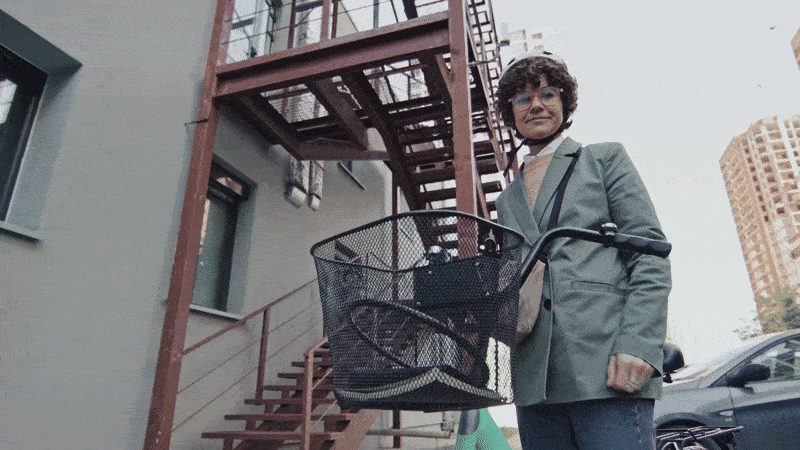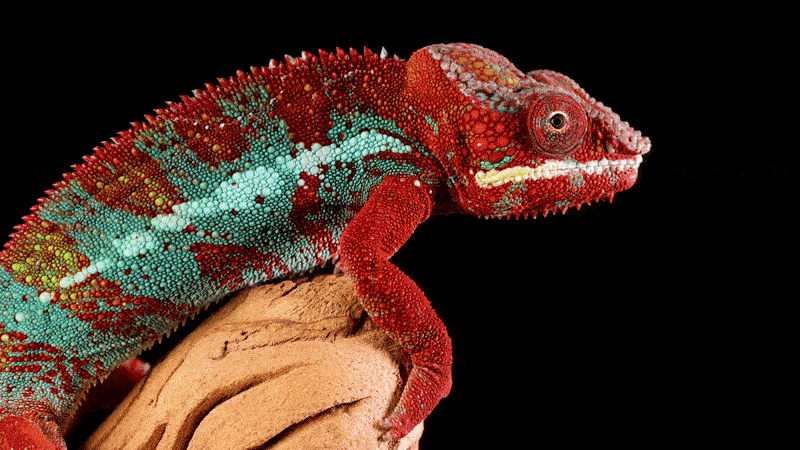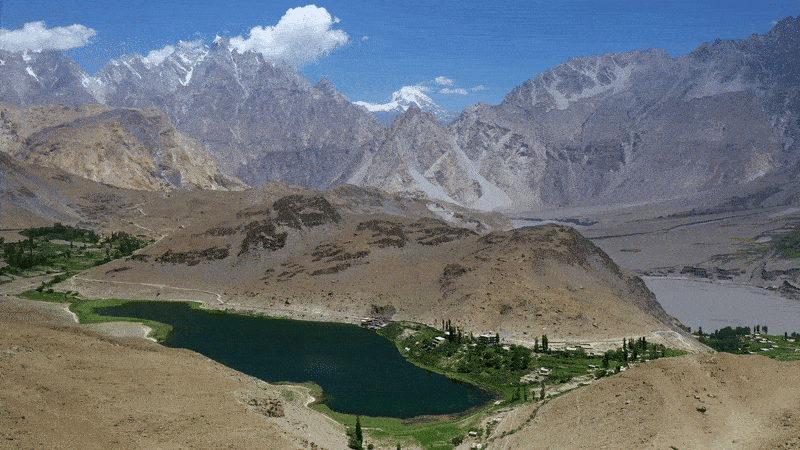Camera angles and shot types define how a scene looks and feels to the viewer. Each one shapes how a story is told, how emotions are conveyed, and how the audience interprets what they see. In this guide, we explore twelve key types of camera shots, what they mean, and how filmmakers use them to create visual impact.
What is a camera shot?
A camera shot refers to how much of the scene or subject is visible in a single frame. The choice of shot helps direct the viewer’s attention and convey the desired emotion. Photographers and filmmakers use a range of shots and angles to influence perception and build narrative structure.
In film production, coverage describes the collection of shots captured to create a coherent scene in editing. For instance, a dialogue sequence might include a wide shot, a pair of over-the-shoulder shots, and close-ups for each character. This combination provides flexibility in post-production to build rhythm and continuity.
Frame rate also plays a major role in how a shot looks and feels. Choosing the right FPS affects motion smoothness and cinematic impact. To understand how frame rate influences video quality, read how FPS affects video performance in filmmaking on the Cinema8 blog. Lighting, lens choice, and exposure further shape the mood and tone of every shot. Factors such as aperture, film sensitivity, and exposure time determine brightness and depth, while composition defines where the viewer’s attention lands.
Once filming is complete, these shots come together in editing and distribution. Many creators store and share their final footage on a secure video hosting platform such as Cinema8, which provides high-quality streaming, viewer analytics, and content protection for production teams and educators.
Types of Camera Shots Explained
Camera shots are the building blocks of visual storytelling. Each type of shot serves a distinct purpose, helping shape how a viewer perceives space, emotion, and power within a scene. From close-ups that capture a character’s emotion to wide shots that establish the setting, every camera angle influences narrative tone. Below are twelve of the most widely used camera shots and how they bring depth, meaning, and rhythm to visual production.
1. Diving shot
A diving shot positions the camera directly above the subject, creating a steep top-down perspective. This angle often compresses space and reduces the subject’s power in the frame, making them appear small or trapped within their surroundings. It can also highlight geometric composition or spatial choreography in complex scenes.
This type of camera shot is best for scenes that convey vulnerability, confinement or disorientation, such as a character lost in a crowd or overwhelmed by their environment.

2. Low angle shot
A low angle shot places the camera below the subject’s eyeline, pointing upward. The upward perspective amplifies dominance, control, or heroism, and can exaggerate scale and strength. It often shifts the audience’s perception of authority within a scene.
This type of shot is most effective when you want the subject to appear powerful, confident, or imposing, such as a leader addressing a crowd or a protagonist facing a challenge.

3. Close-up shot
A close-up fills the frame with a face or object, focusing the viewer’s attention on detail and emotion. By removing background distractions, it lets facial expressions and micro-movements communicate meaning. A close-up works best when you need to express emotion or highlight a significant visual detail, for example, capturing tears, reactions, nature or symbolic objects that define the scene.

4. Wide shot and extreme wide shot
A wide shot (WS) shows the full subject within its environment, while an extreme wide shot (EWS) goes further to emphasise scale, distance, or isolation. These shots often function as establishing shots, helping audiences understand where a story unfolds.
Wide shots are ideal for setting context or scale, such as introducing a new location, revealing spatial relationships, or contrasting human size against a vast backdrop.

5. Master shot or full shot
A master shot captures an entire scene continuously from start to finish, showing all characters and their positioning. A full shot frames the subject from head to toe, maintaining visibility of movement and body language. Both are critical for maintaining spatial continuity during editing.
Use this shot when you want to establish spatial relationships and maintain scene cohesion, especially in dialogue sequences or multi-character interactions.
6. First-person shot
A first-person shot represents what the character sees directly, aligning the camera’s position with their eyes. This creates intimacy and immediacy, often making viewers feel part of the action. It can be filmed with handheld, chest-mounted, or head-mounted rigs.
This approach is most effective when you want the audience to experience the world through a character’s perspective, such as in action scenes, point-of-view storytelling, or immersive virtual content.
7. High angle shot
A high angle shot positions the camera above the subject, tilting downward to capture the scene from an elevated viewpoint. This change in perspective instantly shifts emotional tone. By looking down, the audience perceives the subject as smaller, weaker, or more vulnerable within the frame. It’s often used by directors to portray fragility, threat, or surveillance. The camera operator must carefully manage height, lens, and composition to preserve balance and focus.
This shot is most effective when you want to evoke vulnerability, fear, or loss of control, such as a character under scrutiny or facing danger. High angles also contrast with eye-level shots to signify changes in dominance, perspective, or emotion.
8. Bird's eye shot
A bird’s eye shot is taken from directly overhead, capturing layout, motion, or symmetry across a scene. Modern filmmakers often use drones for this shot to highlight space and geometry. It’s especially useful for transitions or showcasing crowd movement and spatial design.
This type of shot is best for sequences that require a clear sense of location or structure, providing a detached, observational perspective that adds visual variety and scale.
9. Pan, dolly, and tracking shots
Camera movement introduces rhythm and momentum into storytelling. A pan shot rotates horizontally from a fixed point, a dolly shot moves the camera closer or farther from the subject, and a tracking shot follows movement through space. Together, these camera moves connect focal points, maintain continuity, and immerse the viewer in dynamic motion.
These shots are best for following action or linking visual elements seamlessly, such as during long takes, chase scenes, or transitions that rely on fluid movement.
10. Medium shot
A medium shot frames the subject from the waist up, maintaining balance between intimacy and context. It’s one of the most versatile shot types, frequently used in interviews and dialogue because it captures both gesture and expression.
This shot is best for conversational or emotionally layered scenes, allowing the audience to see how characters interact while still reading their expressions clearly.
11. Detail or insert shot
A detail shot, sometimes called an insert, isolates a single object or action to draw attention to something important, such as a hand turning a knob, a key dropping, or a subtle gesture. It heightens narrative focus and emotion by narrowing the viewer’s gaze.
This type of shot is most useful when you want to emphasise small but meaningful actions or visual cues, often to foreshadow events or underscore emotional moments.
Why camera angles and shot types matter
Every shot and camera angle influences how a story feels. A low angle empowers, a high angle weakens, a close-up personalises, and a wide shot contextualises. Combining these techniques lets filmmakers control rhythm, tension, and emotional engagement.
Understanding shot variety allows creators to communicate visually with precision and intention. It also strengthens collaboration between directors, editors, and camera operators, ensuring that each frame supports the narrative goal. Whether filming a documentary or marketing content, mastering camera shot types helps create videos that hold attention and deliver meaning.
Why filmmakers and creators choose Cinema8
Once you’ve captured the perfect shots, the next step is to bring them to life in a platform that protects your work and helps it perform. Cinema8 is a professional video hosting and interactive video platform built for creators, educators, and brands who want more control over their content.
With Cinema8, you can upload your finished videos to a secure video hosting platform that offers ad-free playback, detailed viewer analytics, and CRM-ready integrations. Its interactive video tools let you add clickable CTAs, lead generation forms, and branching pathways directly into your footage, transforming ordinary videos into measurable, conversion-driven experiences.
The platform also includes AI-powered editing support, collaboration tools, and heat-map analytics to help you understand how audiences engage with your content. Whether you are publishing tutorials, marketing campaigns, or full-length productions, Cinema8 gives you the flexibility to manage, share, and analyse every frame from one intuitive workspace.
Explore how Cinema8 helps filmmakers and marketing teams turn storytelling into growth.
